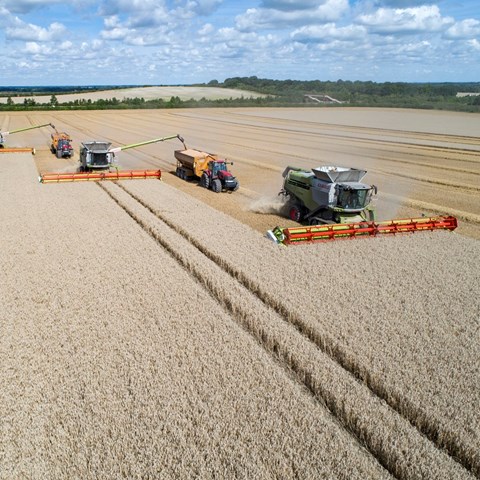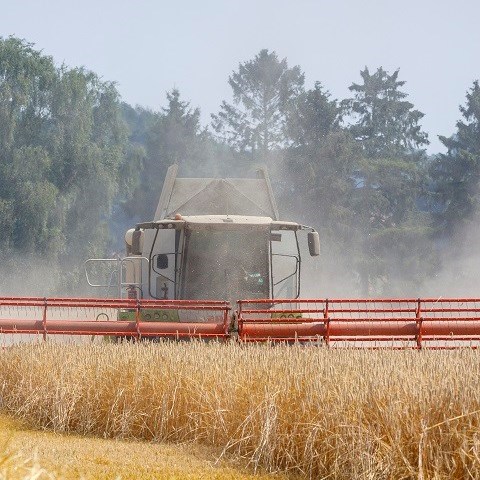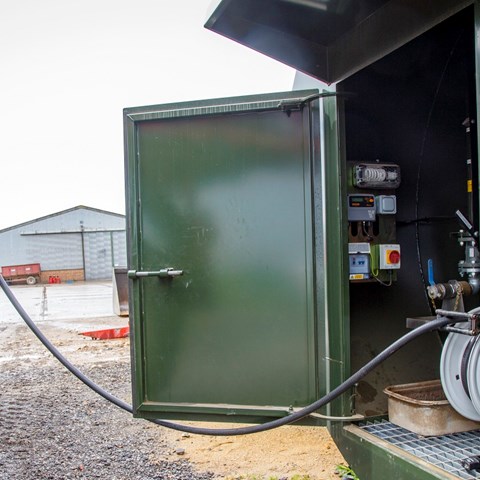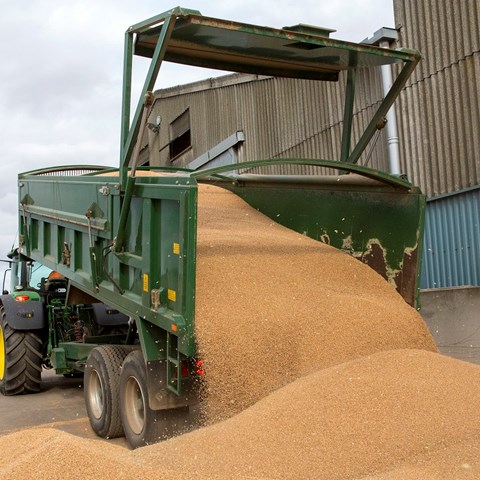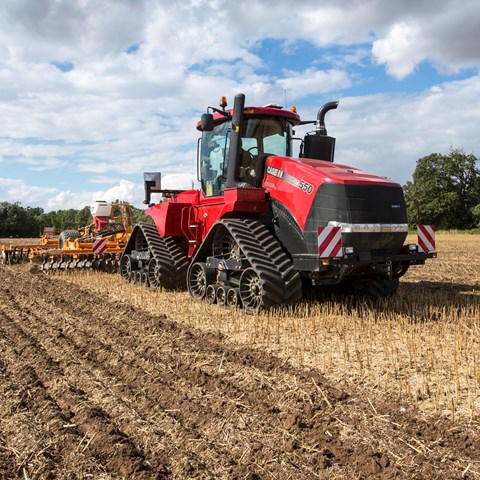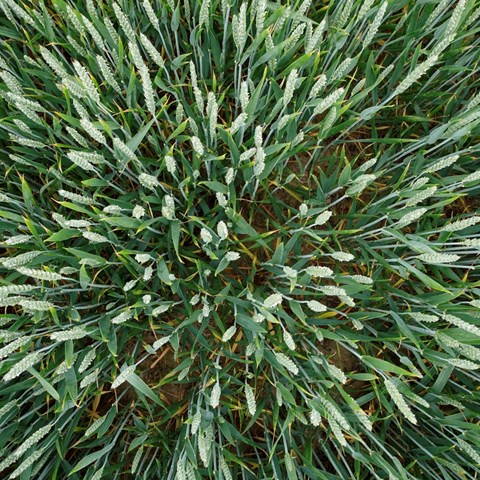5 reasons to calculate costs of production
In the first of our series on costs of production in agriculture, we outline five key benefits of calculating your production costs.
Click here to find out more


With diminishing direct support for agriculture and increasing exposure to competitive world markets there has never been a better time to focus on production costs.
As this new series explains, knowing how much it costs to produce a tonne of wheat or any other crop is fundamental to any successful arable business.
Accurate costings allow more informed agronomic and financial decisions to be made. This in turn helps businesses overcome challenges posed by changes in commodity prices and input costs, government policy, tighter regulations, or shifting pest and disease threats.
In the first of our series on costs of production in agriculture, we outline five key benefits of calculating your production costs.
In the second of our series on costs of production in agriculture, we look at the use of yield maps to reduce your production costs.
In the third of our series on costs of production in agriculture, we look at the basic components that allow us to calculate unit cost of production.
Find out how mixed arable and beef farmer Andrew Booth has improved profit-margins through better information management and record keeping.
For forward-thinking farmer Sam Watson-Jones, sharing resources with other farmers, and working on new technology, is helping protect future profits.
One of the trickiest parts of calculating production costs is allocating fixed costs to relevant parts of the business, here are 6 factors to take into account to help ease the process.
Find out the two main ways cost of production can be used to improve your businesses performance.
Find out how measuring financial and physical performance helps to benchmark costs and business performance. With so many elements to consider, what are the most appropriate measures for arable farms?
Maximising yield is key to reducing cost per tonne, here we look at several physical crop performance measures that can help drive improvements.
